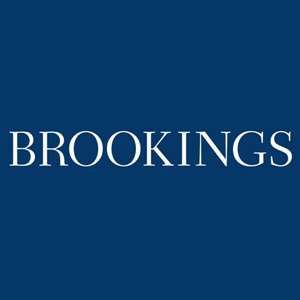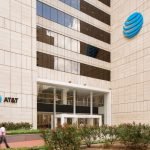The Brookings Institution, a nonpartisan research organization in Washington, D.C., has released a new report on recent downward trends in public school enrollment following the COVID-19 pandemic, including information on differences between school districts with majority Black, Hispanic, and White student enrollment.
Public school enrollment increased about 2 percent from 2012 to 2019. However, in 2020, public school enrollment started to decline as more parents turned to homeschooling options and private schools for their children. This raises concerns for public school funding, as most state and federal aid is granted on a per-pupil basis.
In predominantly Black school districts, the share of non-traditional public school (non-TPS) enrollment is significantly higher and outpacing that of predominantly Hispanic and predominantly White districts. The proportion of non-TPS enrollment in predominantly Black districts rose from 25.4 percent in 2015-2016 to 34.1 percent in 2023-2024. Over the same time period, the comparable statistic rose from 12.0 percent to 17.6 percent for predominantly Hispanic school districts and from around 13 percent to 17.5 percent for predominantly White districts.
“Due to enrollment declines, two distinct concerns about the quality of students’ educational experiences emerge,” the report authors write. “Students who exit public schools often move into settings that are less regulated and more variable in performance. Those who remain in shrinking districts inherit tighter budgets because state and federal aid is generally tied to enrollment.”
They continue, “Understanding why parents leave, how administrators plan for continued declines, and which policy tools can preserve quality and equity will be essential as the education landscape continues to change.”










